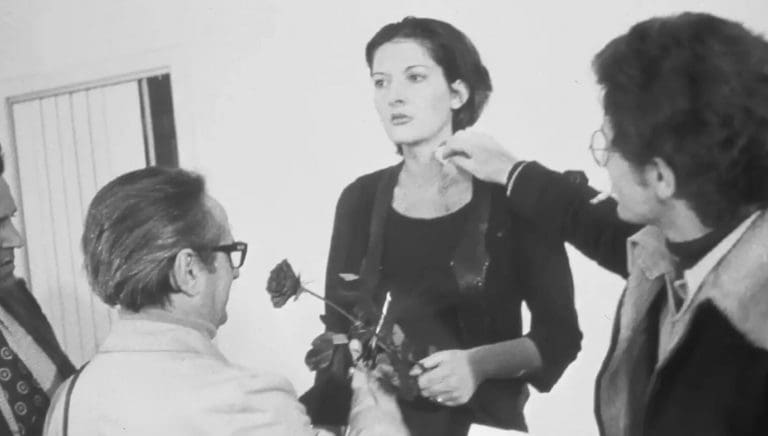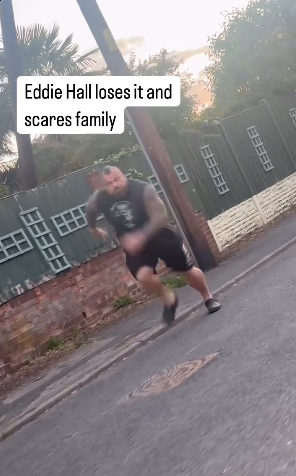In 1974, Marina Abramovi?, a Serbian performance artist known for her provocative and boundary-pushing works, conducted one of her most controversial and daring pieces, “Rhythm 0.” The performance, which took place at Studio Morra in Naples, Italy, challenged the limits of the relationship between artist and audience by giving the public unprecedented control over her body and actions.
Abramovi? set the stage for “Rhythm 0” by standing still beside a table that held 72 objects, ranging from benign to potentially lethal. These items included a rose, a feather, honey, a whip, scissors, a scalpel, and even a loaded gun. A sign explained that participants could use any of these objects on her in any way they desired, for six hours. Abramovi? committed to remaining passive, a mere object in the hands of the audience, no matter what actions were taken.

Initially, the audience approached with caution. Some viewers gently interacted with Abramovi?, offering her a rose or feeding her honey. However, as the performance continued, the atmosphere grew increasingly tense and sinister. Encouraged by Abramovi?’s lack of resistance, participants began to push boundaries further. Some cut her clothes, while others used the scalpel to make superficial cuts on her skin. The most extreme moment occurred when a spectator loaded the gun and placed it in her hand, pointing it at her neck, testing the ultimate limit of the performance. This act was stopped by another audience member who intervened to prevent potential harm.
As the six hours drew to a close, the performance space was charged with an intense and unsettling energy. When Abramovi? finally moved at the end of the piece, stepping forward to engage with the audience as a person rather than an object, the crowd dispersed quickly, unable to face her as an equal after having exerted such power over her.
Abramovi? reflected on the experience as a powerful exploration of human nature and the potential for cruelty when individuals are given unchecked authority. She noted that the performance revealed dark aspects of human behavior, where the presence of anonymity and lack of consequences could lead to increasingly violent and dehumanizing actions. “What I learned was that… if you leave it up to the audience, they can kill you,” she later said. “I felt really violated: they cut off my clothes, stuck rose thorns in my stomach, one person aimed the gun at my head, and another took it away.”
“Rhythm 0” has since become a landmark in performance art, renowned for its stark examination of the dynamics between performer and audience, power and vulnerability. The piece continues to provoke discussions about the ethical boundaries of art, the nature of human interaction, and the thin line between passivity and consent. Abramovi?’s work not only pushed the boundaries of artistic expression but also offered profound insights into the complexities of human behavior and the potential for darkness within us all.




